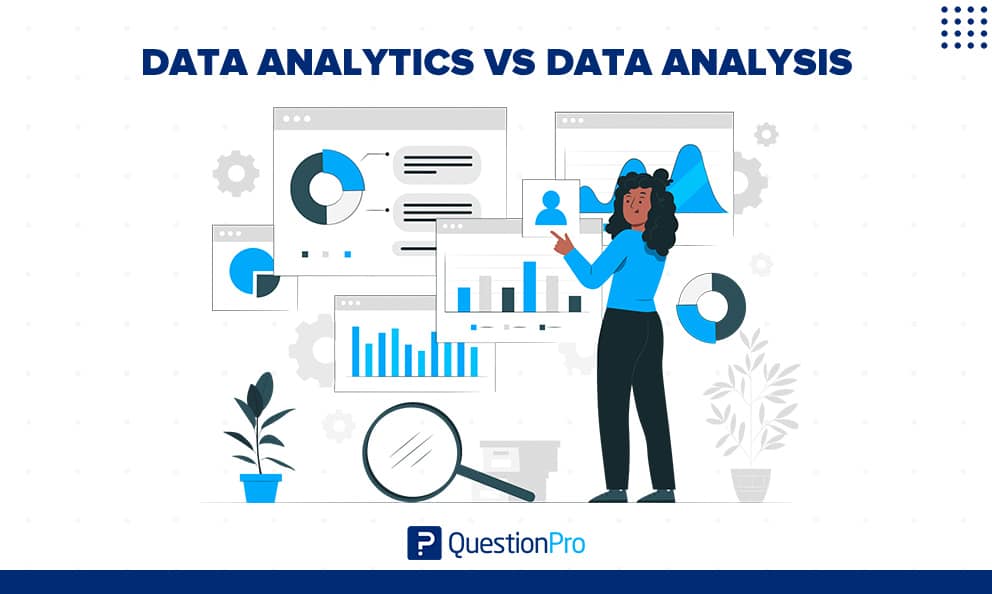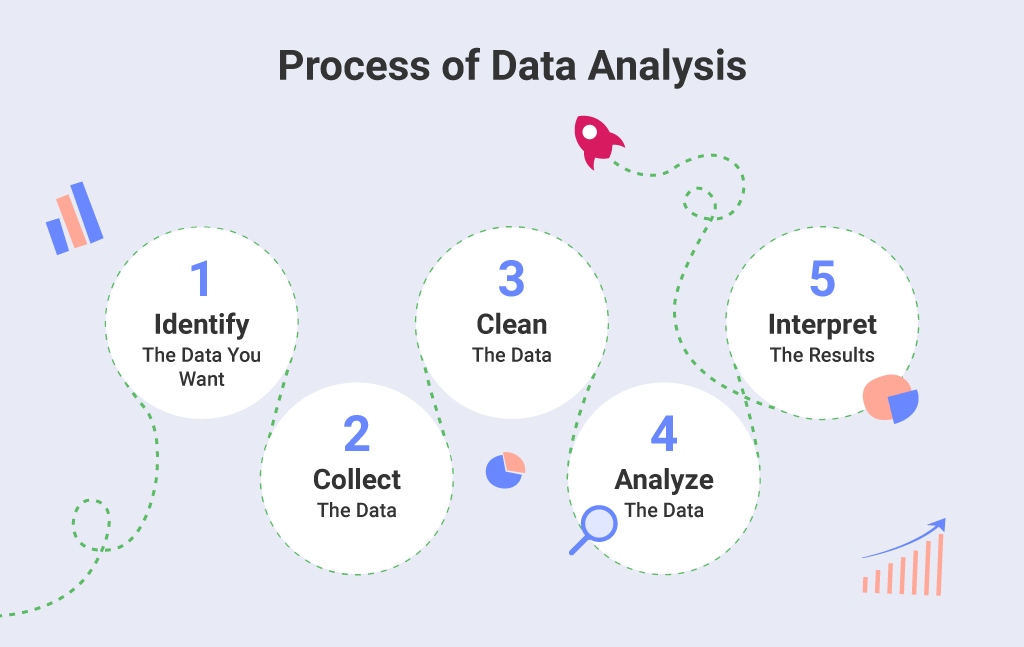Step-by-Step Guide to Using Stata for Data Analysis|2025
Step-by-Step Guide to Using Stata for Data Analysis provides a detailed tutorial for beginners and professionals. Learn essential commands, techniques, and tips to streamline your data analysis process with Stata.
Introduction
Stata is a powerful statistical software widely used by researchers, academics, and professionals for data analysis. Its comprehensive tools and user-friendly interface make it ideal for both beginners and experienced users. This guide provides a detailed walkthrough of how to use Stata for data analysis, with practical examples and essential commands. Whether you’re just starting with data analysis using Stata or looking to refine your skills, this guide is designed to help you navigate the process effectively.
Keywords
- Data analysis using Stata PDF
- An Introduction to Statistics and Data Analysis using Stata PDF
- Data Analysis using Stata, Third Edition PDF
- Stata Commands PDF
- STATA Data Analysis Examples
- Stata Tutorial for Beginners PDF
- Stata Questions and Answers PDF
- Stata (Tutorials or Introduction)
Getting Started with Stata
Installing and Setting Up Stata
To begin, ensure you have installed Stata on your computer. Depending on your license, you may have access to different versions of Stata, such as Stata/IC, Stata/SE, or Stata/MP. Each version offers varying levels of performance and data handling capacity. After installation:
- Open Stata to view the main interface.
- Familiarize yourself with key windows:
- Command Window: For typing and executing Stata commands.
- Results Window: Displays outputs of your commands.
- Variables Window: Lists variables in the dataset.
- Review Window: Tracks previously executed commands.
Importing Data
Stata supports various file formats, including .dta (Stata’s native format), Excel (.xls/.xlsx), CSV, and text files. Use the following commands to import data:
Example Commands:
* Importing a Stata dataset
use "datafile.dta", clear
* Importing an Excel file
import excel "datafile.xlsx", firstrow
* Importing a CSV file
import delimited "datafile.csv"Once the data is loaded, use the list command to view it in the Results Window:
listData Exploration and Management
Descriptive Statistics
Before analyzing data, it’s crucial to explore it. Descriptive statistics provide a summary of your dataset.
Example Commands:
* Summarize all variables
summarize
* Summarize specific variables
summarize var1 var2
* Display detailed summary statistics
summarize var1, detailData Cleaning
Data cleaning involves handling missing values, duplicates, and formatting inconsistencies. Key commands include:
Example Commands:
* Check for missing values
misstable summarize
* Drop missing values for a variable
drop if missing(var1)
* Remove duplicate observations
duplicates dropVariable Creation and Transformation
You may need to create new variables or modify existing ones.
Example Commands:
* Create a new variable
generate newvar = var1 * var2
* Modify an existing variable
replace var1 = var1/1000
* Recode a variable
recode var1 (1=10) (2=20), generate(newvar)Statistical Analysis Using Stata
Basic Statistical Tests
Stata provides a wide range of commands for conducting statistical tests.
Example Commands:
* T-test
ttest var1, by(groupvar)
* Chi-square test
cc var1 var2
* Correlation
pwcorr var1 var2, sigRegression Analysis
Regression analysis is a core statistical method for examining relationships between variables.
Example Commands:
* Linear regression
regress dependentvar independentvar1 independentvar2
* Logistic regression
logit dependentvar independentvar1 independentvar2Advanced Techniques
Stata also supports time-series analysis, panel data analysis, and survival analysis.
Example Commands:
* Time-series analysis
sts graph
* Panel data analysis
xtset panelvar timevar
xtreg dependentvar independentvar, feData Visualization
Stata’s graphical tools allow for creating publication-quality plots.
Example Commands:
* Histogram
histogram var1
* Scatter plot
scatter var1 var2
* Line plot
line var1 timevarYou can customize plots using options like titles, labels, and colors.
Example:
scatter var1 var2, title("Scatter Plot") xlabel("Variable 1") ylabel("Variable 2")Stata Programming and Automation
Using Do-Files
A do-file allows you to save and execute a series of Stata commands, making your workflow reproducible.
Example Steps:
- Open the Do-File Editor from the Stata interface.
- Write your commands.
- Save the file with a .do extension.
- Run the file using:
do filename.doWriting Loops and Conditional Statements
Stata supports loops for repetitive tasks and conditional statements for decision-making.
Example Commands:
* For loop
forval i = 1/10 {
display "Iteration `i'"
}
* If-else statement
if var1 > 10 {
display "Greater than 10"
} else {
display "10 or less"
}Stata Resources for Beginners
Tutorials and Documentation
Stata’s official website offers detailed manuals and guides. Additionally, many Stata tutorials for beginners PDF files and Stata questions and answers PDF resources are available online. Examples include:
- “An Introduction to Statistics and Data Analysis Using Stata PDF”
- “Data Analysis Using Stata, Third Edition PDF”
Stata Community and Support
Leverage Stata’s active user community for support:
- Statalist: A forum for Stata users.
- YouTube Tutorials: Video guides on Stata basics and advanced techniques.
- FAQs and Examples: Refer to “STATA Data Analysis Examples” to solve specific challenges.
Practical Examples of Stata Commands
Example 1: Import and Analyze Data
Steps:
- Import a dataset:
import excel "dataset.xlsx", firstrow- Summarize variables:
summarize var1 var2- Create a scatter plot:
scatter var1 var2Example 2: Perform a Regression Analysis
Steps:
- Load the dataset:
use "dataset.dta", clear- Fit a regression model:
regress y x1 x2 x3- Interpret the output in the Results Window.
Conclusion
This guide provides an overview of data analysis using Stata, covering essential commands and workflows. By practicing the examples and exploring additional resources like Stata tutorials or introduction PDFs, you can confidently analyze data and interpret results. For further assistance, explore community forums or advanced guides like “Data Analysis Using Stata, Third Edition PDF.”
With consistent practice, Stata becomes an invaluable tool for robust and efficient data analysis.
Needs help with similar assignment?
We are available 24x7 to deliver the best services and assignment ready within 3-4 hours? Order a custom-written, plagiarism-free paper






